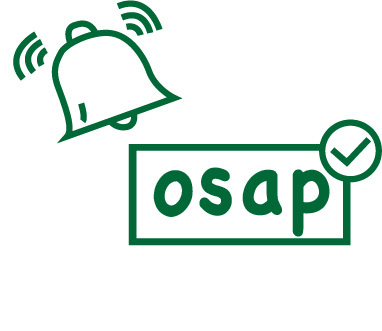
Many changes have been made to the OSAP process this year.
These changes include an information module that outlines the information that needs to be completed by all applicants. The module highlights basic information about OSAP and finances. Furthermore, the government has issued a six-month temporary deferral of OSAP loan payments and interest accrual on loans and has promised to double the student grants totaling up to a maximum of $6,000 for full-time students and $3,600 for part-time students.
Despite these measures, the Canadian Federation of Students has expressed concerns about future prospects regarding their financial situation. Imprint reached out to the Canadian Federation of Students (CFS) for more insight on the topic.
“Students face barriers repaying student debt because of the high cost of education, not because of a lack of financial literacy. What students really need is more grants, instead of loans, and greater public investment into post-secondary education to reduce and ultimately eliminate tuition fees,” Kayla, a representative from CFS, said.
“After the $670 million dollars cut to OSAP, the program leaves many students behind, including low-income students whom the program is supposed to help. International students are also ineligible for OSAP, and tuition for international students has been increased at several institutions… Part-time and mature students are also affected by the cuts to OSAP, and the financial literacy module does not assist students who are not eligible for grants or loans through OSAP,” Kayla added.
Many changes have been made to the OSAP process this year. These changes include an information module that outlines the information that needs to be completed by all applicants. The module highlights basic information about OSAP and finances. Furthermore, the government has issued a six-month temporary deferral of OSAP loan payments and interest accrual on loans and has promised to double the student grants totaling up to a maximum of $6,000 for full-time students and $3,600 for part-time students.
“Ontario is helping OSAP borrowers by temporarily suspending student loan repayments and initiating a six-month interest-free moratorium on OSAP loans. Loan repayments are subject to a six-month interest-free moratorium from Mar. 30, 2020 until Sept. 30, 2020. This means that during this time, borrowers will not be required to make any loan repayments and interest will not accrue on their OSAP loans,” Athena said.
“We will also continue to work in tandem with our Federal partners, who have recently launched the Canada Emergency Student Benefit, and other financial support for students,” she added.
On Wednesday, May 20, 2020, the Ontario government released a statement regarding changes to the Ontario Student Assistance Program (OSAP). The statement includes changes to the application process, loan deferrals, increases in grants, etc. Students can now begin to apply for their 2020-2021 academic year.
“The Ontario government is committed to mitigating these challenges for full-time students attending post-secondary education by continuing to provide financial support to those who demonstrate financial need. Ontario will continue to provide grants, loans, bursaries, and other forms of financial aid to eligible post-secondary students,” Athena, a representative from the Ministry of Colleges and Universities, said.





























